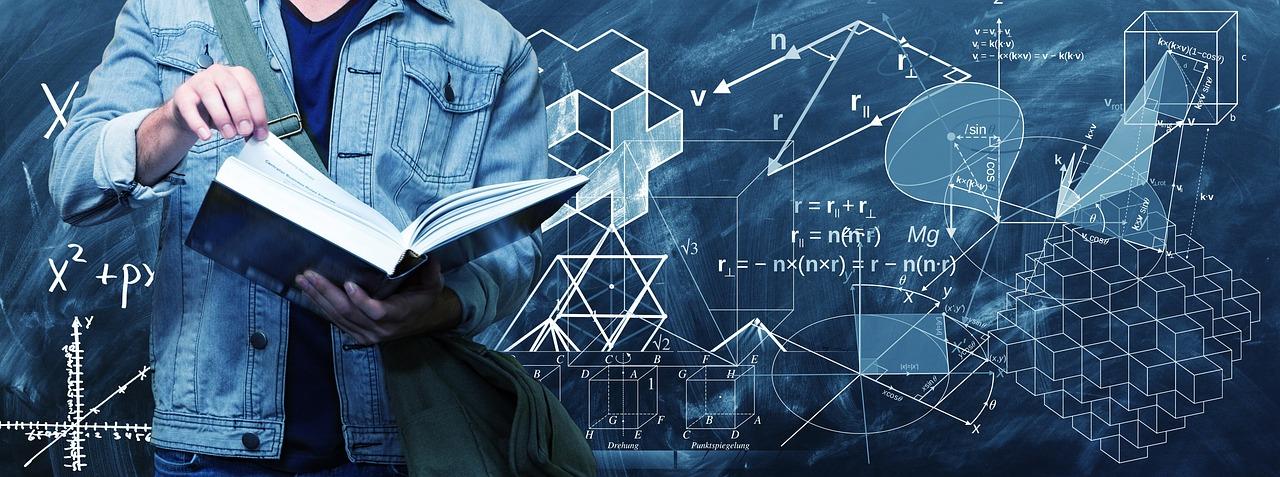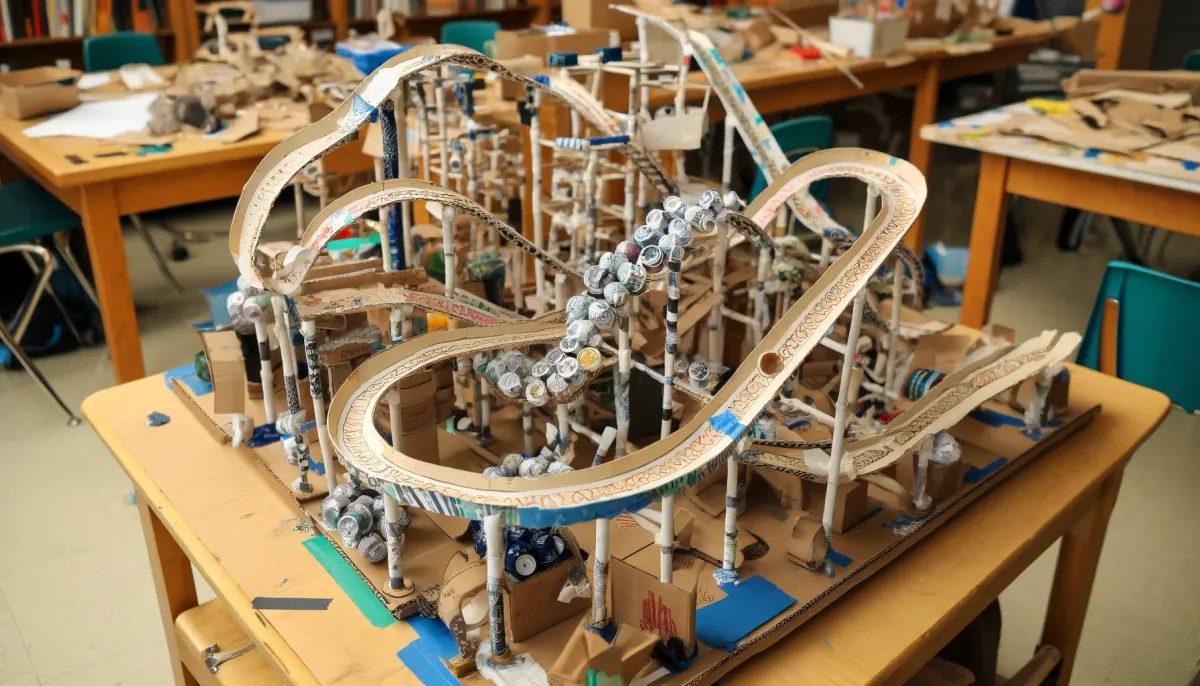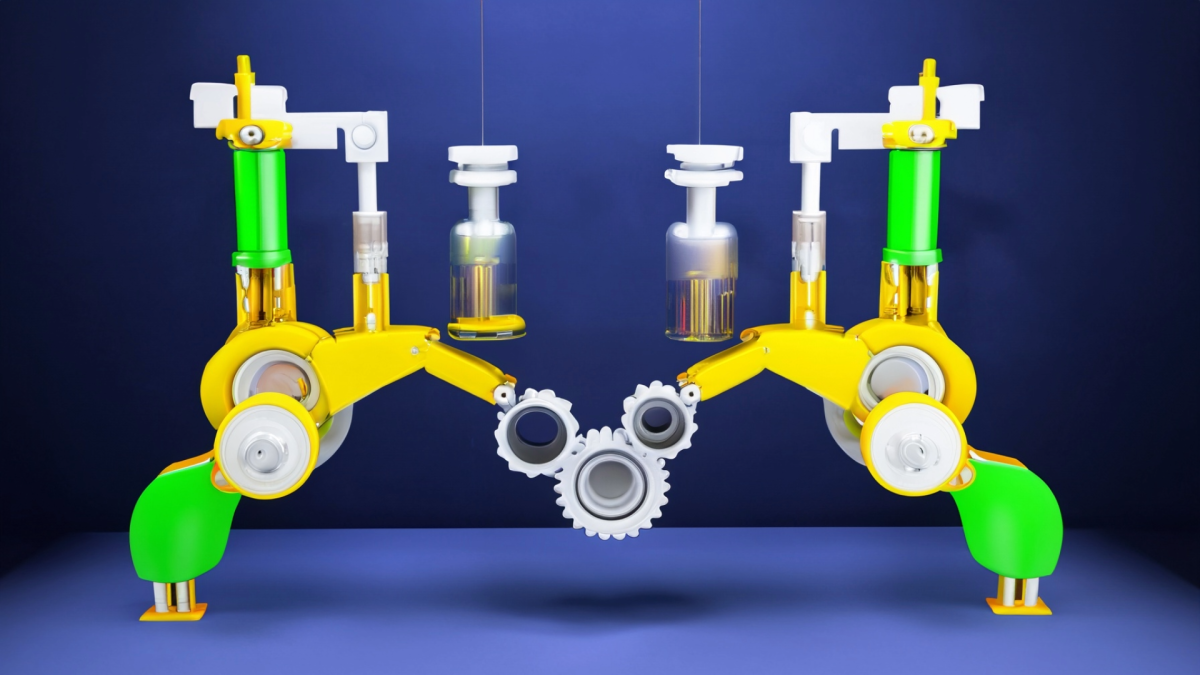
How do you see it? A Lesson on Scale & Proportion
by Crystal Williamson
This lesson is primarily based off of Paul Anderson’s, “The Wonder of Science” website.
The lessons can either be prepared with actual objects with you the teacher instructing or showing the video, and then following up with discussion and hands on discovery thought the use of micro toys, Switch Its or other manipualtives. Mr. Anderson’s videos are accompanied by Google Slides and Think Sheets where students can record their work. There is also a link for the NetLogo Home Page for scaling simulations.
Lesson Grade Level
5th GradeLesson Plan Link/URL
https://docs.google.com/presentation/d/1M7y9H7WAYLJMpojrsJ_z-QmMfPEssINS/edit?u…Related Content

Grades:
7th Grade, 8th Grade, 9th Grade, 10th Grade, 11th Grade, 12th Grade
Students will apply principles of design, engineering, and mathematics to create a physical or digital labyrinth inspired by the myth of Theseus. This project integrates STEM concepts with literature

Grades:
6th Grade, 7th Grade, 8th Grade
This lesson is part 2 of 2, Days 3 and 4. This lesson is set up to have students explore the friction bridge designed by Leonardo Da Vinci. Students have discovered the inventor and become familiar

Grades:
6th Grade, 7th Grade, 8th Grade
This lesson is part 1 of 2. This lesson is set up to have students explore the friction bridge designed by Leonardo Da Vinci. Students first discover the inventor and become familiar with his life

